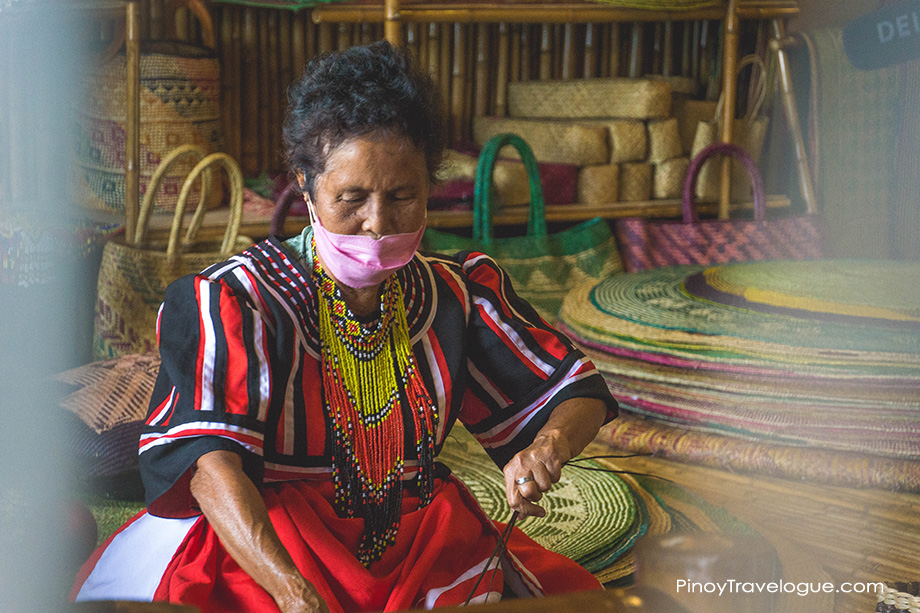 |
| A Tagoloanen weaver in action |
I felt like a celebrity biyahero when we arrived at the TWWA Tagolwanen Handwoven shop in Malaybalay City. Three women garbed in their ethnic clothing, along with the city's tourism chief and Lorie Rago-Marte, founder and chair of Tagolwanen Women Weavers Association (TWWA), gave our group a VIP welcome—with cordial greetings and ethnic beaded leis around our necks. To me, it was an unprecedented travel experience.
Our visit to the native weavers of Bukidnon was part of the Tourism Promotions Board's program that aimed to jumpstart the travel industry amid the ongoing pandemic. I was there on a learning tour with other travel content creators and online influencers who would help spread the news on Bukidnon's tourist sites.
READ ALSO: Limitless Adventures: 9 Must-visit Places in Bukidnon
The Tagolwanen souvenir store bursts with colors, owing it to the shelves filled with various handwoven goods. But before we got to shop for an artisanal Bukidnon souvenir, Lorie oriented the group about the Tagoloanen people, their weaving tradition and the social enterprise. We were all ears while the three women weavers carried on with their craft.
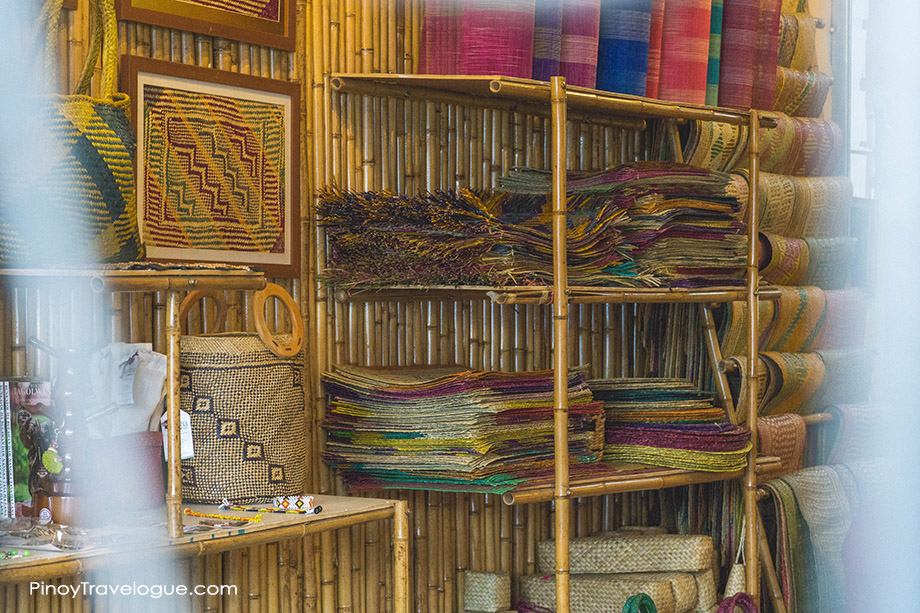 |
| Inside the Tagolwanen shop |
Ikam and the Tagoloanens
The Tagoloanens (or Tagolwanen) are not a single ethnic group. They are the Bukidnon, Higaonon and Talaandig tribes who settle near the Tagoloan River, a large river system that flows across Bukidnon and Misamis Oriental provinces and empties into Bohol Sea. The river's headwaters in Malaybalay was the cradle of the Tagoloanen civilization.
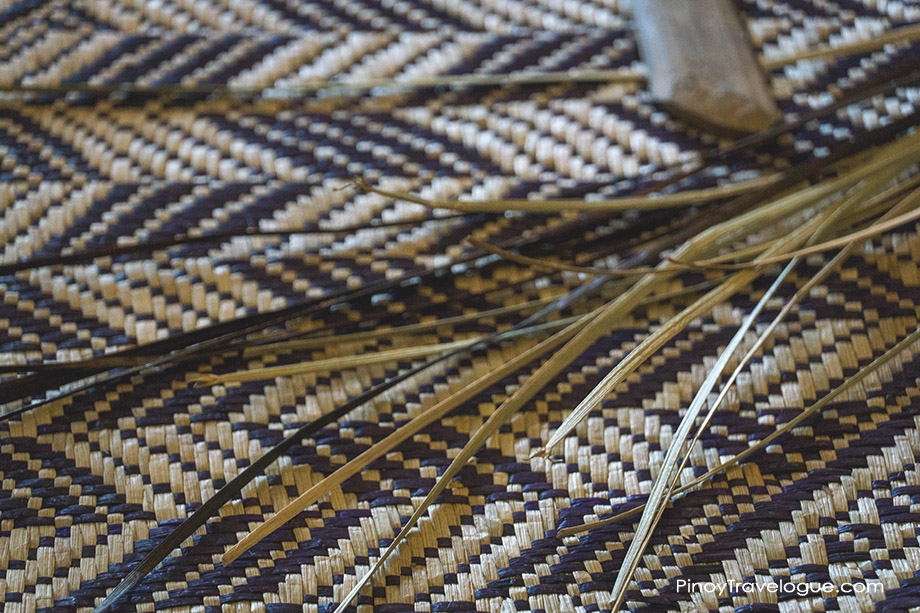 |
| An ikam in progress |
 |
| Weaving a traditional Bukidnon mat |
Tagoloanen's ancestral practice of weaving that produces artisanal mats—known among their community as ikam—is a huge part of the tribe's indigenous identity. Mat weaving is essential to their community such that the tribe's social structure includes a woman datu—equivalent to today's cabinet minister or department secretary—tasked to oversee the weaving industry.
The byproducts of this traditional art are made from sodsod, a type of cogon grass endemic to the region and usually found in rice fields and marshlands. Traditionally, the Tagoloanens give ikam as an occassional gift, a wedding present or a condolence during funeral ceremonies.
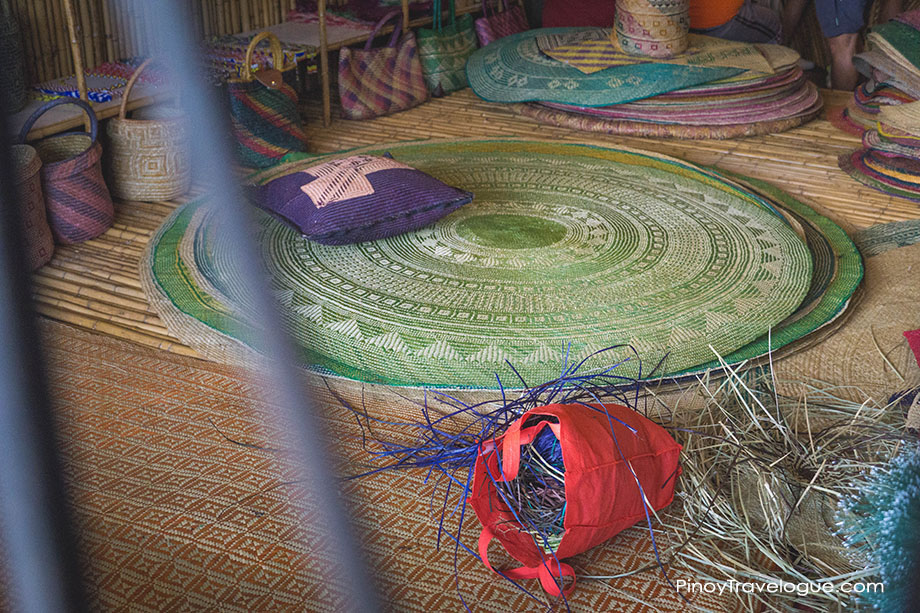 |
| A large, circular mat by the Tagoloanens |
Tagolwanen Women Weavers Association
Lorie Rago-Marte is an indigenous peoples advocate who learned about ikam when she and her husband Anilaw Marte, a tribal leader in Bukidnon, received one from the elders on their wedding in 2010. Back then, the mat weaving tradition was fading into obscurity.
Driven by delight, and perhaps by her advocacy, Lorie and her husband toiled to learn the ins and outs of the vanishing art. They then started helping a weaver make a sale by referring to their friends until the couple came up with organizing all the Tagoloanen women weavers into a business group and finding them a wider market. The Tagolwanen Women Weavers Association eventually came into being in May 2012.
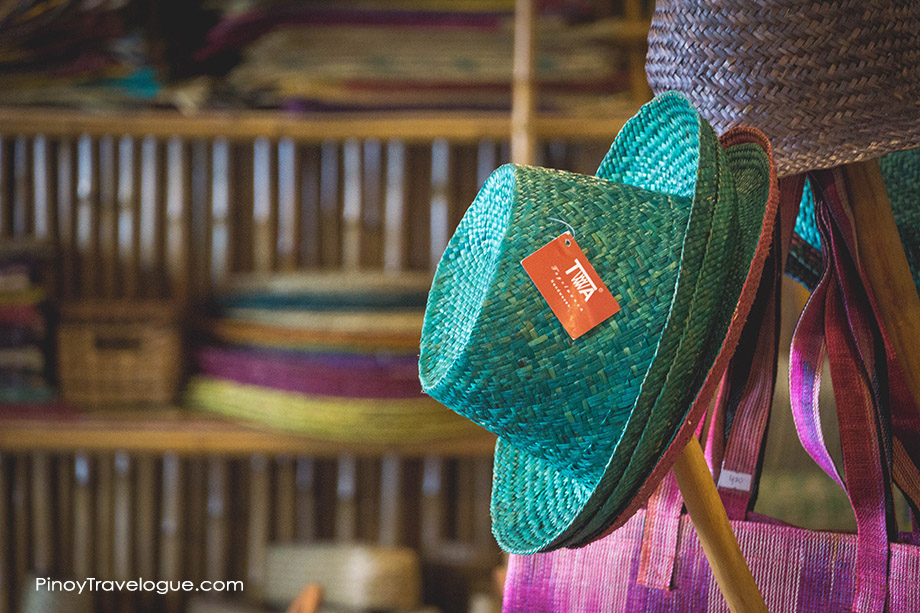 |
| Hats on display at TWWA shop |
From one Tagoloanen weaver, TWWA members grew to a hundred, including young weavers. Their product catalog that started with the traditional banig (mats) also expanded and now includes hats, bags, baskets, table runners, purses and wall decors. They are also exporting these exquisite handwoven crafts abroad—in the US, Australia and Japan, says Lorie.
 |
| Wallets and purses |
 |
| Handwoven bags |
Not only did TWWA provided a living among the mat weavers and helped revive the vanishing tradition, the association also became instrumental in empowering the Tagoloanen women, reaffirming their tribe's distinctiveness, and preserving a long-standing culture.
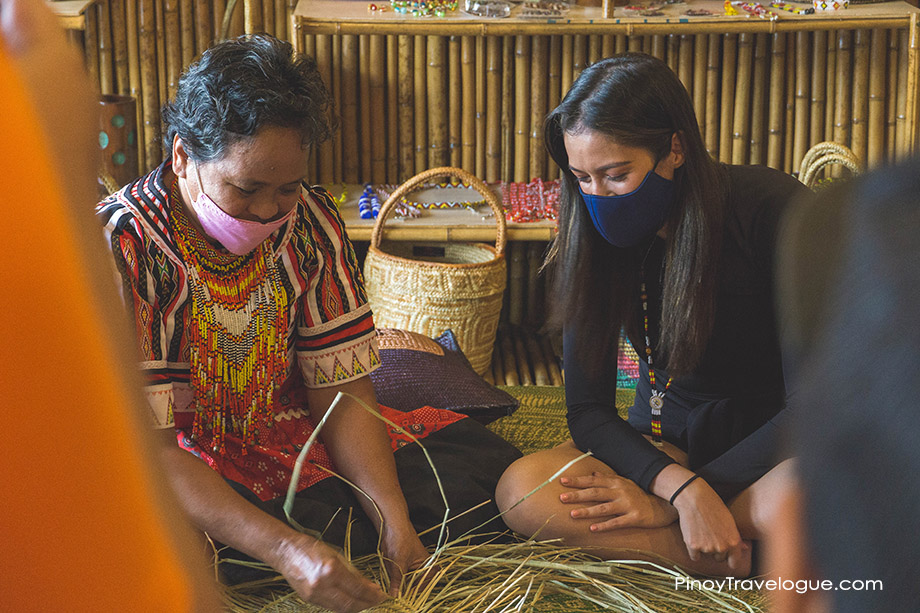 |
| A Tagoloanen women while weaving |
Contact TWWA Tagolwanen Handwoven
Contact: (+63) 917 772 3846 / tagolwanenweavers@gmail.com / TWWA's Facebook page / TWWA on Instagram
Operating hours: Monday-Staurday, 9:00 AM - 5:00 PM
Price: Starts at PHP 1,500 (mats, depending on size and design); order through Shopee or through the TWWA website


